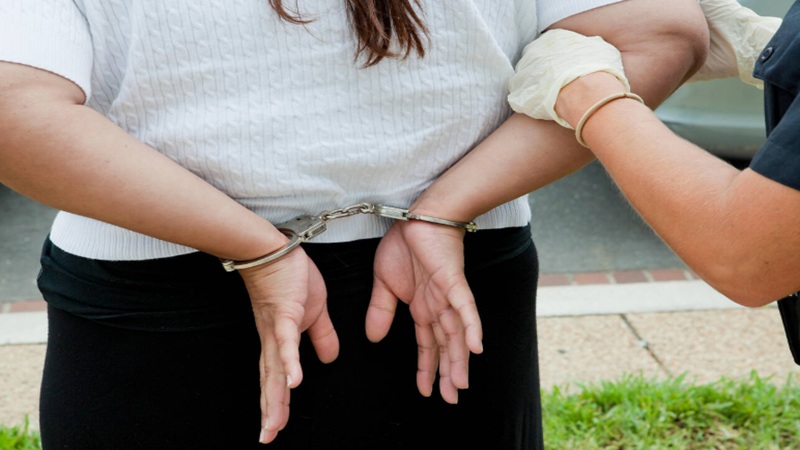
Over the past decade, as of this writing, 10 police officers were stabbed to death in the line of duty. Interestingly, 10 police K9s died from stabbing attacks in that same period. In the minds of some – notably police critics – the use of deadly force by police when confronted with an edged weapon seems excessive. After all, it’s just a knife.
April’s headlines tell the story: ”Phoenix Police Officer Stabbed in Neck by Suspect at Gas Station”; ”Las Vegas Police Officers Rescue K-9 Stabbed Multiple Times”; New Jersey Police Officer Stabbed in Face, 2nd Officer Injured During 9-1-1 Hangup Call.”
With all the debate about so-called assault weapons (a meaningless redundancy that has embedded itself into the vocabulary of politicians and everyday citizens alike), the rifle stands in sixth place as the murder weapon of choice. In second place is the edged weapon, with nearly three times the deadly effect on murder victims.
Comparisons between the UK and the US show that about 44% of murders among our English-speaking friends across the pond are committed by knife, compared to roughly 10% here in the former colonies. While the murder rate in the UK is considerably lower than in the US, the point (no pun intended) is that knives – anything pointy or sharp – are a deadly threat in the hands of an attacker. No one needs to be reminded that four commercial jets were downed at the hands of suicidal terrorists with simple box cutters.
Knives are often the weapon of choice in domestic violence homicides, and those disturbance calls are among the most frequent and most dangerous for police with knives easily accessible. There are violent criminals with practiced skill in knife attacks, but it takes no expertise to operate a blade From some it is the preferred weapon when carrying a firearm seems too risky compared to penalties for crimes with a gun. Knives are more easily concealed and possessing one is much more acceptable and explainable than a firearm.
Knives are very personal weapons since an attacker must be within arm’s reach. Law enforcement officers must not allow an aggressor close enough to stab or slash their victim. Just how close is too close? The answer to that question boils down to some math: time over distance and reaction time.
A famous human performance experiment well-known to law enforcement is erroneously known as the 21-foot rule. While often misunderstood as permission to use deadly force once an attacker with an edged weapon gets within the approximate distance of a full-size sedan, the variables are many. The exercise showed that an average officer who is charged by an attacker within this distance is unlikely to be able to unholster their weapon and fire effective shots before the attacker arrives to effect a deadly strike. That time in the experiment, by the way, was 1.5 seconds.
The variables are too many and too unpredictable for this to be a definitive rule. If the officer is behind cover, has anticipated the attack, has sufficient lighting to recognize the threat, the commitment of the attacker, and the presence of bystanders. Engaging in verbal commands and dialogue with an armed person who is standing still does not negate the threat to the officer or others nearby.
Ballistics vests can help cushion the blow to the torso, but the design of this protective gear does not stop a lethal stab. The material of the vest (there are stab-resistant vests used mostly by corrections officers) is designed to spread the impact of an incoming bullet, not a sharp instrument. And, just like a gunshot, an attacker with a blade can do lethal damage by targeting the face, neck, and major artery systems in the legs and arms. To avoid being too graphic, suffice it to say that a slash or stab wound can incapacitate an officer very quickly from blood loss and nerve damage and even from a small knife
Using a Taser on a knife threat is a good way to get stabbed. The effective range gives too little assurance of being effective in the reaction gap and is no guarantee that the projected barbs will make the necessary connection to deliver the voltage that would affect muscle movement. Officers are sometimes seen deploying a Taser or less-lethal device, but only if there is another officer prepared to use lethal force.
Television and movie fiction leave the common expectation that a bullet or two will fell an attacker immediately, if not knock them back a couple of feet. It should also be noted that, with the possible exception of Chuck Norris, close-quarter fighting is not going to end well. Deeply wounded persons, particularly under the influence of drugs, can stay mobile and aggressive even after multiple gunshots. Thanks, Chuck, but we’ll keep our distance.






